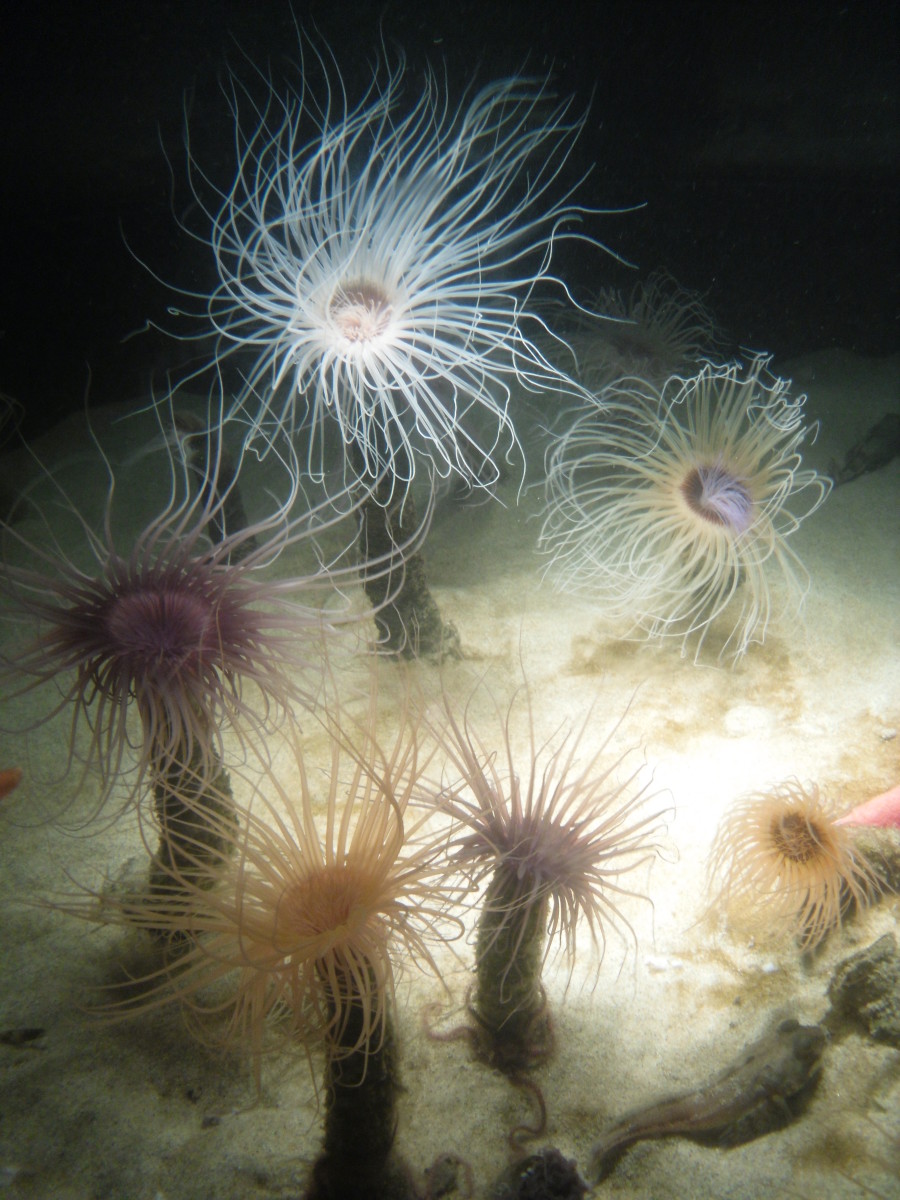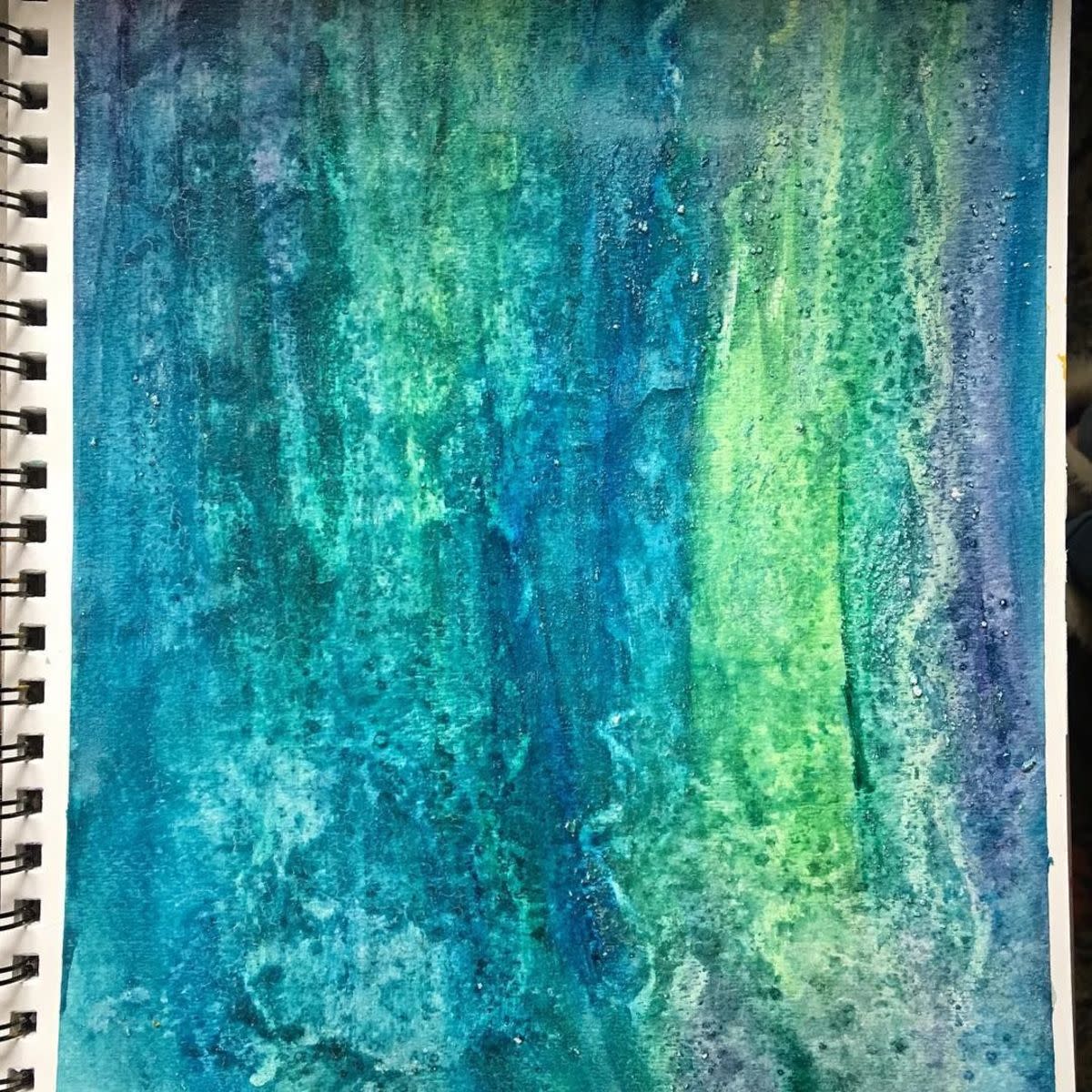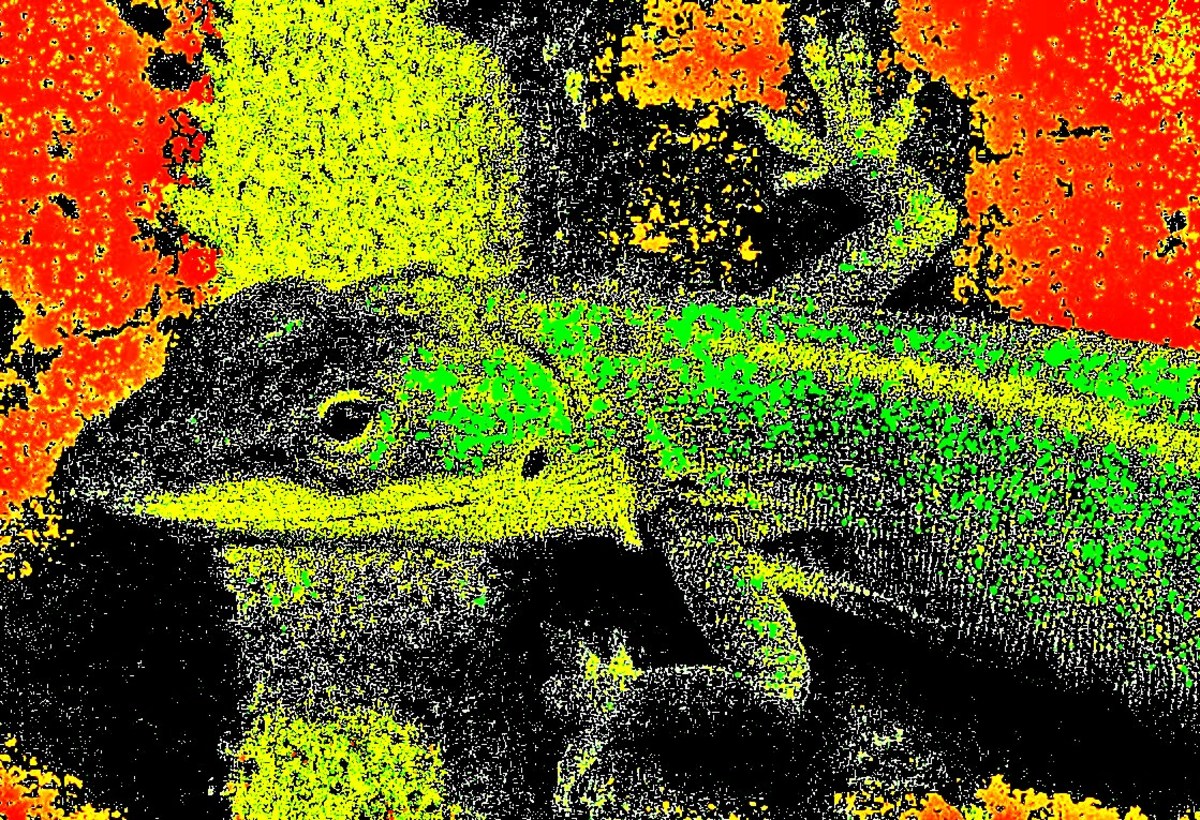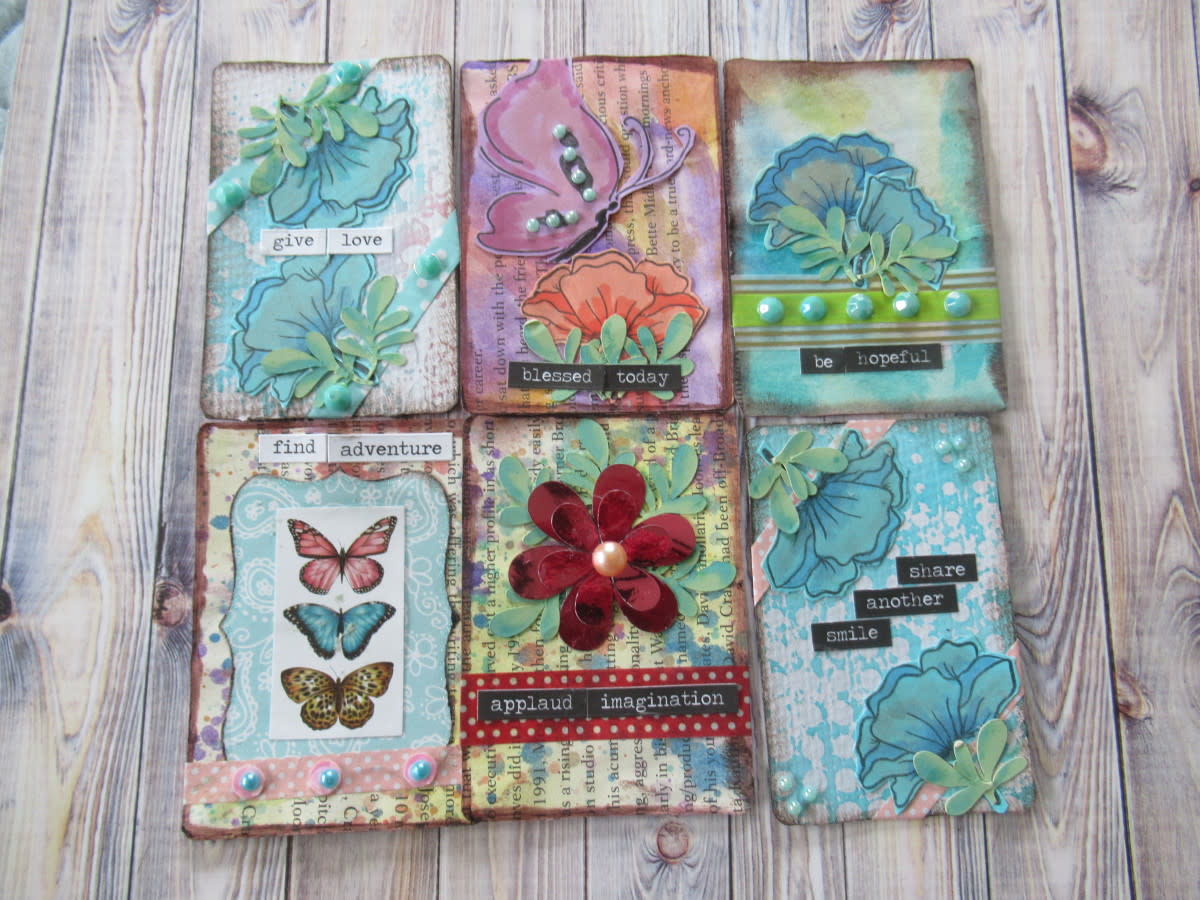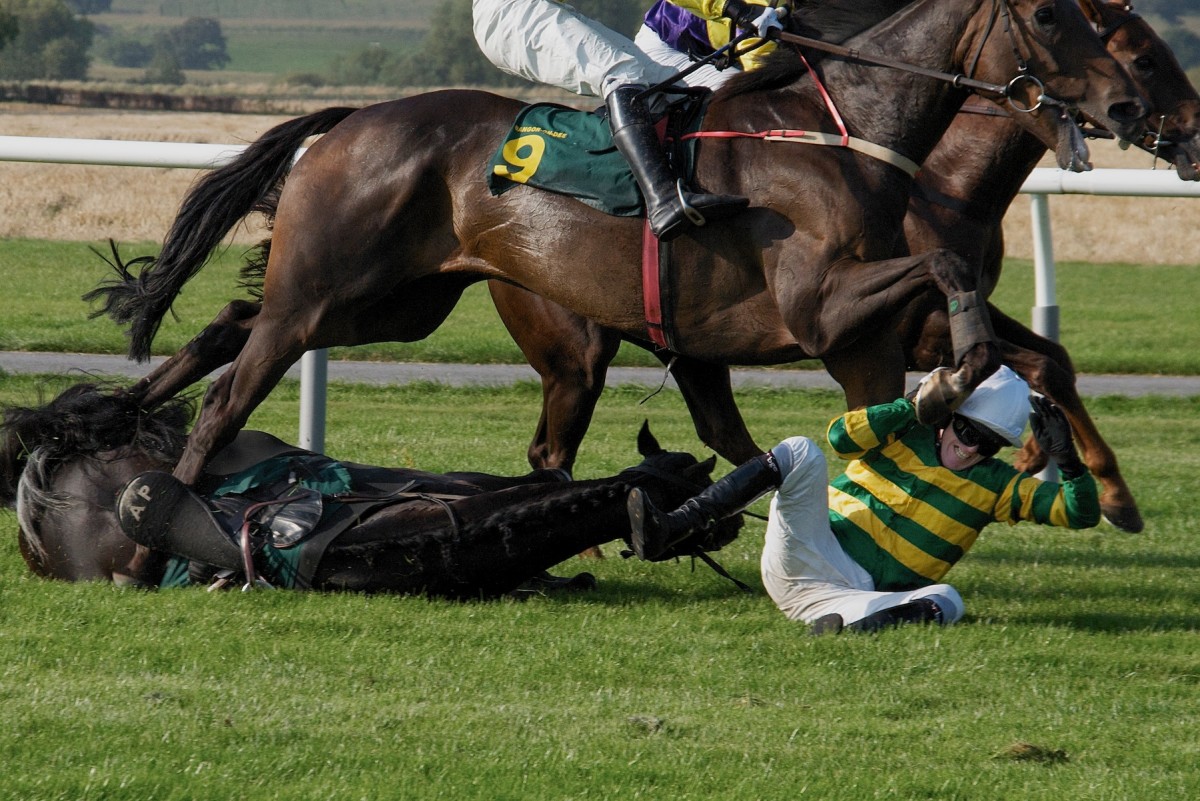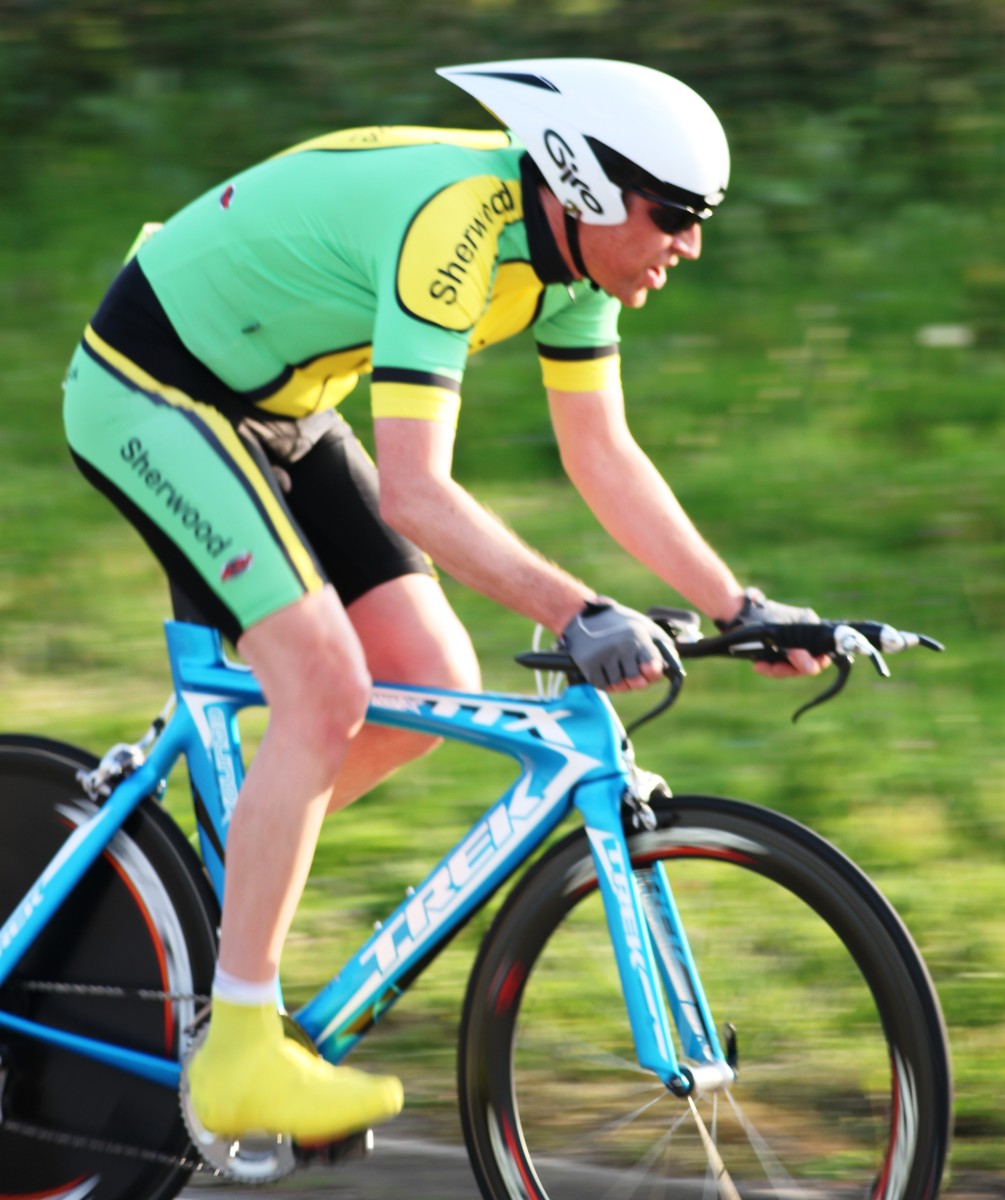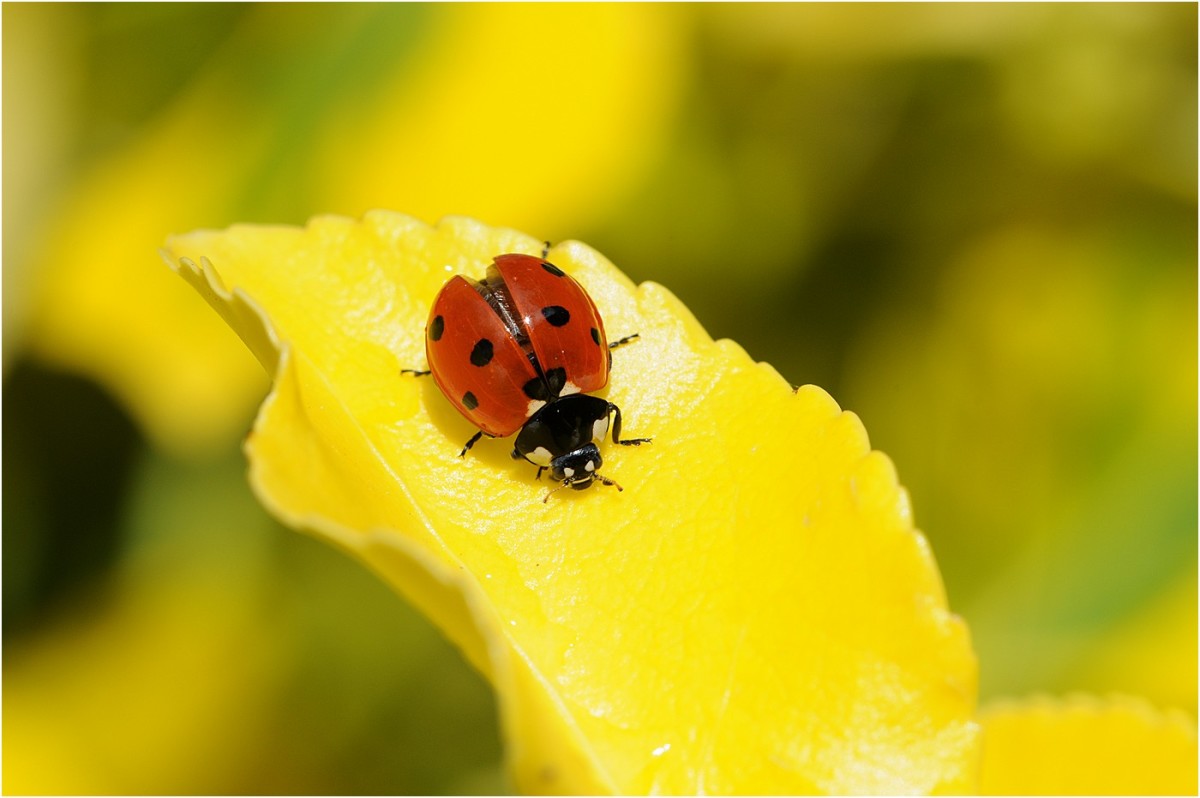Tips on Photography for Publication and Web Use
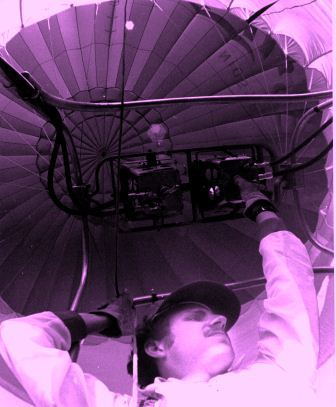
Being creative with web & print photography
Look for unusual angles when composing your photos. Newspaper editors have traditionally sought pictures that are out of the ordinary, shot from a unique vantage point (for example, a photo taken from an ant’s eye view, or from high atop a tall building), or simply focusing on interesting people, places, and things. “Unusual” doesn’t mean avant-garde or new wave photography, necessarily. What it does mean is bending the imagination a little bit, looking for new twists on old themes. Standard, stiffly-posed formal group shots are definitely out. “News value” and “emotional appeal” are other common goals to guide you in pursuing that spark of creativity.
Use visual aids or props – sometimes you can use common everyday items to make your pictures more interesting, such as including a nearby tree in your shot; posing your subject in front of a background, like a wall filled with bookshelves, an interesting brick or stucco wall, a panoramic landscape (mountains, forest, etc.); having your subject hold a tool or object that he or she works with frequently; pointing out a special feature on a model or cutaway, etc.
Be careful of backgrounds – while backgrounds like trees, walls, etc., are nice, they can also backfire. If you pose a dark-haired person in front of a dark-colored background (a tree, shadows on a wall, dark wallpaper), chances are excellent they’ll blend right into the background. All you’ll see will be a face, framed by a large dark space. Trees can cause another problem: sharp rays of sunlight shining through tree branches can create very bright patches of light in your picture, resulting in lens flare, halos, or strange white spots on or around your subject. A tip for shooting against very “busy” backgrounds (like warehouses, trade shows, etc.): use a telephoto lens, which will allow you to focus only on your subject, and let everything else in the background go out-of-focus.
B&W or color? – if you plan to use your photo in a publication that is black and white, either shoot as black and white (B&W) or take a lot of care in your photo editing program. Most color photos, when you try to use them for B&W newsletters, do not have the right contrast and flesh tone values. In other words, the printer or the person transferring the photo has to do extra work to make your color photos acceptable...that is, if they can do it at all. Very often they can’t. (Even digital enhancement programs like Photoshop have their limits). By the time your photos come off the printing press, they’ll usually turn out either dark or extra contrasty (like a bad monster movie).
Be prepared. Schedule enough time for your shoot, including scouting & set up time. And carry extra SD cards, cartridges, batteries, film, lenses, filters, lens cleaner, adaptors and connectors, a notepad, screwdrivers, duct tape — whatever you think may come in handy on your shoot. Even another camera, if necessary.
Be alert... for body language and visual cues. If people are very busy or preoccupied, they may not be giving you their full attention. If they begin edging away, or preparing to leave or resume a task, they may be trying to bring your photo session to a speedy conclusion.

